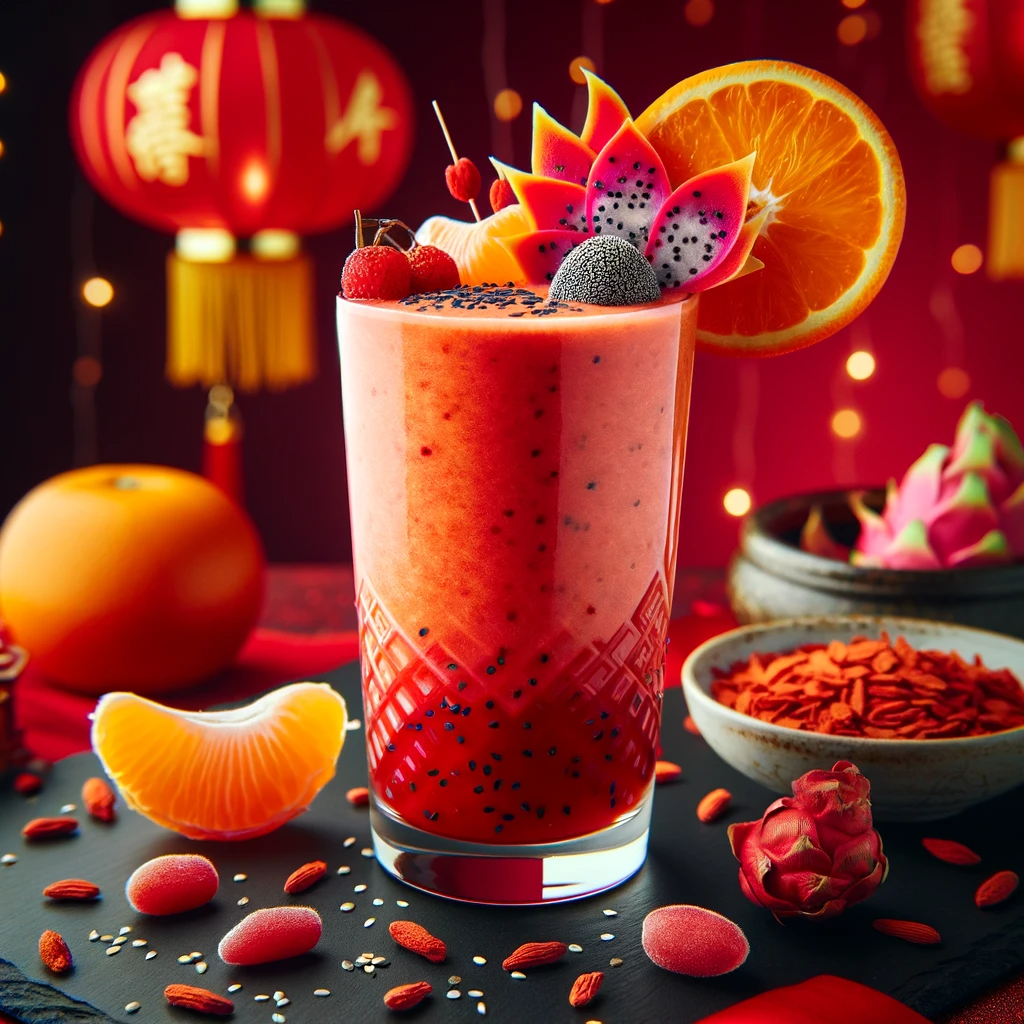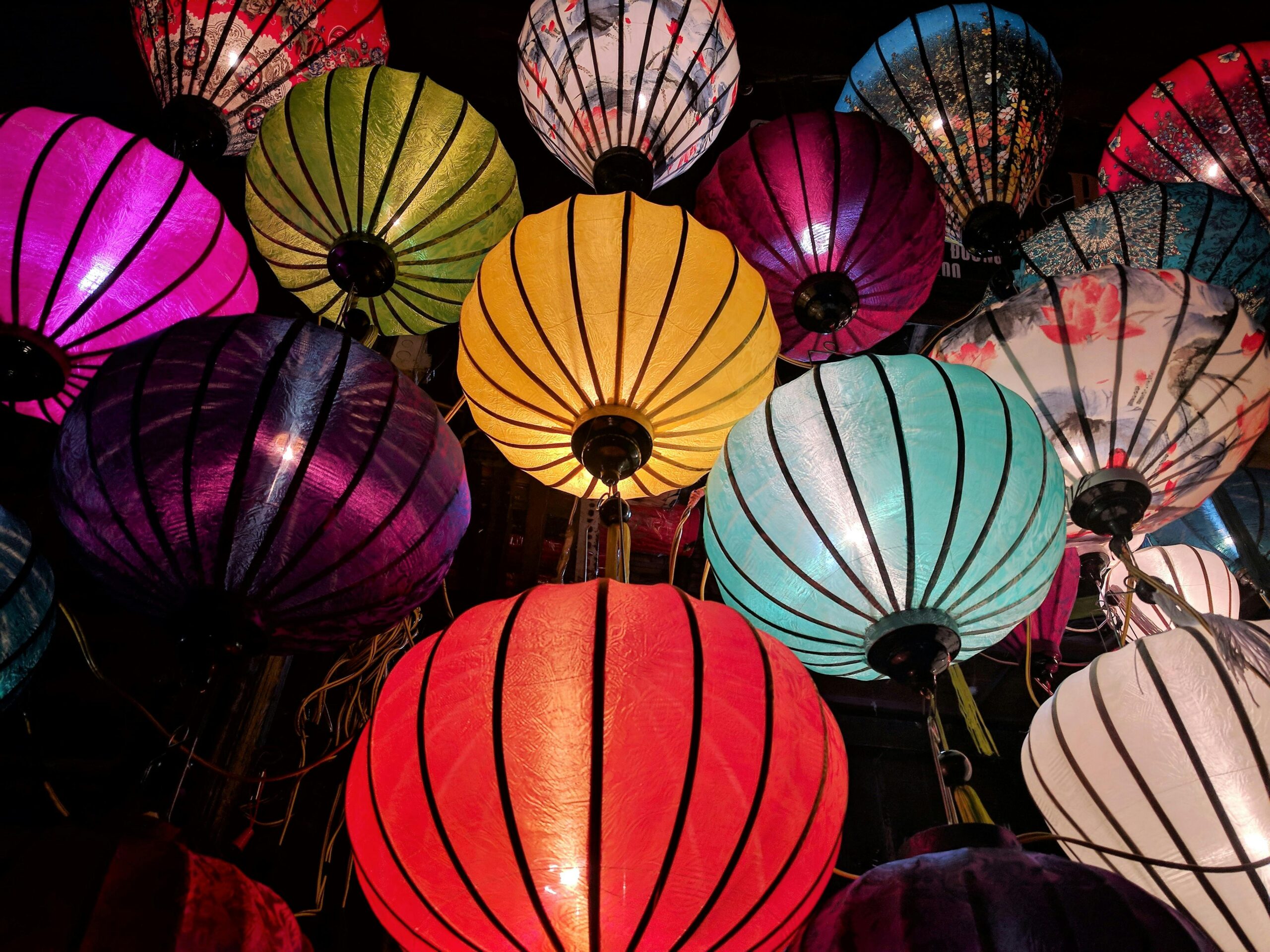Chinese New Year: A Rich Tapestry of Tradition and Celebration
Introduction: Chinese New Year, also known as the Spring Festival or Lunar New Year, is the most important traditional festival in Chinese culture. Marking the end of winter and the beginning of the spring season, it symbolizes new beginnings, prosperity, and good luck. This festival, rich in history and customs, is celebrated not only in China but by Chinese communities around the globe.
History and Significance: The festival has its roots in ancient agricultural society, celebrating the harvest and honoring household and heavenly deities. It traditionally starts on the first day of the Chinese lunar calendar and lasts for 15 days, culminating in the Lantern Festival. Each year is associated with one of the 12 animals in the Chinese zodiac, which adds a unique flavor to the celebrations.
Customs and Traditions:
- Red Decorations: Homes and streets are adorned with red lanterns, banners, and couplets. Red, considered a lucky color, is believed to ward off evil spirits.
- Reunion Dinner: The New Year’s Eve family reunion dinner is a significant event, where families gather for a sumptuous meal featuring dishes symbolizing good fortune.
- Fireworks and Firecrackers: These are set off to scare away evil spirits and to celebrate the coming of the New Year.
- Red Envelopes: Known as ‘Hongbao’, these are given, typically from elders to younger ones, containing money to bring good luck and prosperity.
- Dragon and Lion Dances: Vibrant and energetic, these dances are performed to bring good luck and drive away evil spirits.
- Temple Fairs: These are held with various performances, traditional food stalls, and games, creating a festive atmosphere.
Modern Celebrations: In modern times, Chinese New Year has evolved but still retains its traditional essence. Cities are illuminated with stunning light displays, and special events like concerts and cultural performances are common.
Global Observance: Chinese New Year has gained global recognition, with celebrations held in major cities worldwide, showcasing the richness of Chinese culture and fostering cultural exchange.
Conclusion: Chinese New Year is not just a time of joy and festivity but also an opportunity for reflection, renewal, and the strengthening of family bonds. It’s a testament to the endurance and evolution of cultural traditions, bringing together people across the world in a vibrant and colorful celebration of life and new beginnings.
Chinese New Year Celebration Smoothie Recipe
This smoothie recipe incorporates ingredients that hold significance in Chinese culture and are often associated with Chinese New Year celebrations. Each ingredient has been chosen for both its symbolic meaning and nutritional value.
Ingredients:
- Mandarin Oranges (1 cup, peeled and segmented): Symbolize prosperity and good luck. They are rich in Vitamin C and antioxidants.
- Red Dragon Fruit (1/2 cup, cubed): Represents good fortune. It’s high in fiber, vitamins, and minerals.
- Ginger (1/2 inch, fresh): Symbolizes strength and adds a warm flavor. Ginger is known for its anti-inflammatory properties.
- Soy Milk (1 cup): A staple in Chinese cuisine, it’s a good source of protein and calcium.
- Honey (1 tablespoon): Denotes sweetness and happiness. It adds natural sweetness and contains antioxidants.
- Goji Berries (1 tablespoon): Represent good health and are high in antioxidants, vitamins, and minerals.
- Black Sesame Seeds (1 teaspoon): Symbolize longevity. They are a source of healthy fats, calcium, and magnesium.
Instructions:
- Blend all ingredients until smooth.
- Serve immediately, garnished with a few extra mandarin orange segments or goji berries.
Nutritional Information (per serving):
- Calories: ~250 kcal
- Protein: ~8 grams
- Fiber: ~5 grams
- Fat: ~4 grams (mostly healthy fats from black sesame seeds)
- Carbohydrates: ~45 grams
- Natural Sugars: ~30 grams (from fruits and honey)
- High in Vitamin C, Calcium, and Iron
Notes:
- This smoothie is a celebration of Chinese New Year, combining ingredients that are not only nutritionally beneficial but also culturally significant.
- The nutritional values are approximate and can vary based on the exact proportions and specific brands of ingredients used.
Here’s a smoothie crafted for Chinese New Year celebrations. It’s presented in a tall glass, featuring bright red and orange colors from the blend of mandarin oranges and red dragon fruit, symbolizing prosperity and good fortune. The smoothie is garnished with black sesame seeds and goji berries, enhancing its nutritional value and cultural significance. A small slice of ginger adds a touch of strength as garnish.







